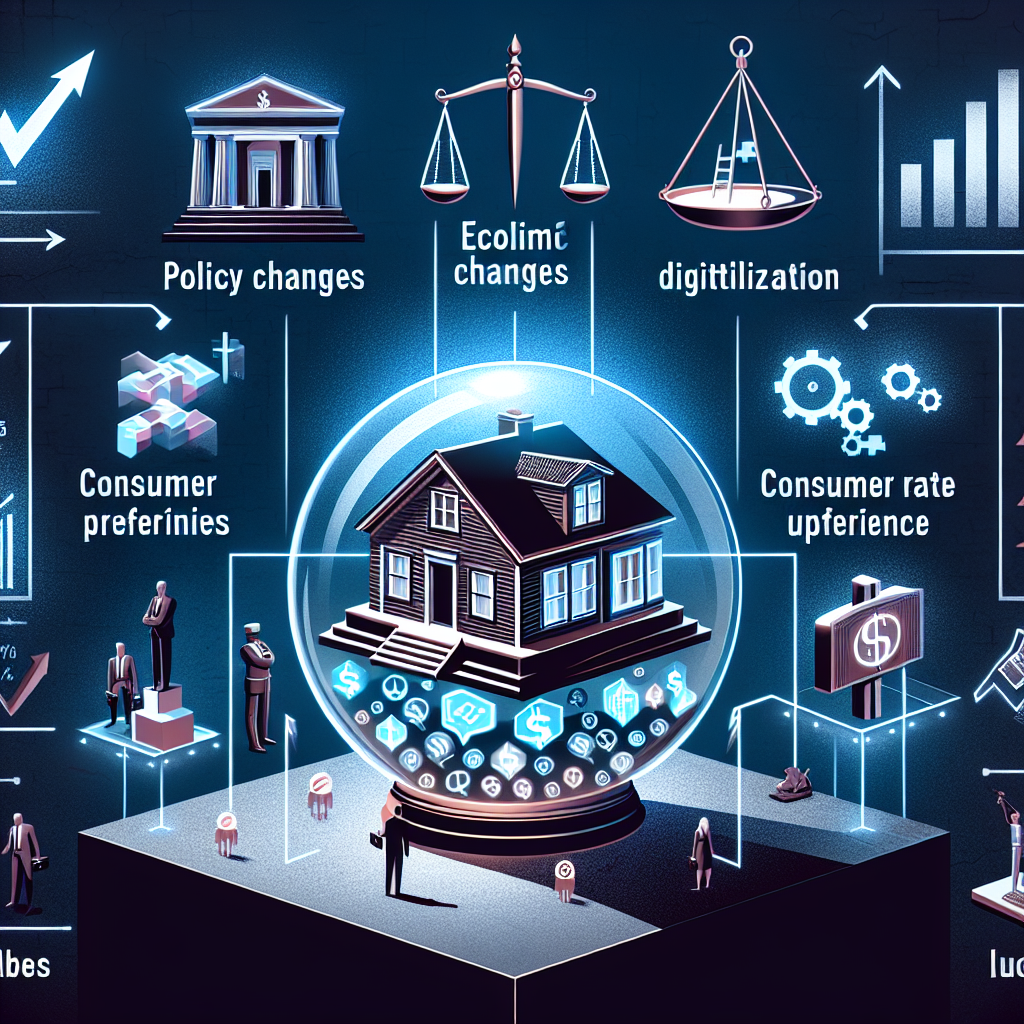For decades, the origination period on mortgages has remained stagnant. On average it takes 47 days to close a loan, according to insight from Ellie Mae. This is not good news for consumers who are used to buying with the click of a button. Lenders and brokers who see this as a concern are beginning to think about how to expedite the origination process. The results are exciting for anyone looking to improve efficiency, lower costs, and improve staff satisfaction.
Underwriting is often attributed to the hold up of a loan, and the reasons are not always within an underwriter’s control.
Underwriting has its limitations. Appraisals, credit reports, or unresponsive borrowers can slow down the process. In an effort to reduce these delays, the industry has been automating underwriting.
We’ve had some impressive technological advances in the mortgage origination process since the 90s. Considering the changing consumer profile, it’s not enough. There is a large demographic of consumers looking for homes who grew up with computers and expect a transaction to take seconds.
Artificial Intelligence
Underwriting engines have been tuning for nearly a decade. Data models produce increasingly accurate results, but it hardly helps. Companies need to leverage new technology if they want to succeed. They need to assess what the underwriting community needs, and what technology is going to help them get there. There are a lot of solutions being discussed and one popular option is Artificial Intelligence (AI).
AI or Machine Learning (ML) is forecasted to produce tens of millions of dollars in global revenue in the next ten years, according to Tavant Technology. A poll from Fannie Mae found that only 27% of mortgage lenders are using A.I. Technology, but 58% plan on incorporating it into their process. If you’re a lender who plans on keeping your doors open and offer a superior customer experience, you may want to look at what A.I. can do for your company.Blue Sage Mortgage Platform and Underwrite.A.I. are just a couple of the companies trying to use AI and ML to transform the mortgage process. Programs such as Underwrite.AI use algorithms to predict a borrower’s ability to repay using historical data. These processes are creating sophisticated predictive models, but not necessarily expediting the process.
As a lender, A.I. can reduce your risk, but how is it lowering costs. A.I. can help lower your employees work load by performing some of the more repetitious tasks and removing the mountains of paperwork associated with a mortgage origination. This is great news for the consciousness homebuyer.
A.I. can operate 24/7 and lower the headcount necessary to move mortgage applications through the pipeline. AI would make the origination and underwriting process more accurate as well. Human underwriters can be extremely skilled, but they won’t have the predictive power of a computer. ML can incorporate millions of data points into a single loan scenario.
Additionally, some of these programs can perform document and disclosure uploads, review and capture with esignatures into efolders, and simple fraud detection. That’s a number of functions that can be taken over by a program. Right now, the technology is not nearly close to same day close, but AI has limitless possibilities.
There is no cap on how effective this technology can be. In the future, streamlining everything from ordering appraisals to offering conditional approvals might be possible with A.I., but without human oversight. Even with processing to close in less than a day, we will still probably be complaining about how long it takes.
However, A.I. has higher costs upfront. Most companies will have to weigh the importance of being the first to adopt this technology against the payoff over the long run. In addition, there would be a period of double-checking and verifying A.I.’s work as this technology is still realtively new and requires vetting. The exciting part, of course, is that technology is still evolving so there is no certain way to predict how effective it can be.
Outsourcing
The other option to help streamline the underwriting process is outsourcing. There are a number of companies outsourcing origination services. Controller Consulting, Flat World Solutions, and Verity are some offshore companies with underwriting solutions. There are onshore outsourcing opportunities as well, such as Evolve Mortgage Services.
Outsourcing can slash overhead costs by as much as 25% for the average lender. Despite the fact that many of these companies are offshore, they have faster turn around times and outsourced employees are excellent at inputting data.
With outsourcing, your business can handle busier or slower periods. It’s a scalable solution that allows for more flexible underwriting operations. They don’t have external influences and are often looking at a true analysis of the information. Meanwhile, you can keep your core group of operational employees and they stay relatively happy because they aren’t overworked.
There are, however, drawbacks to outsourcing. One of the most obvious is that these outsourcing methods could leave many U.S. citizens without a job. Communication is a constant concern as well. You need to be careful in vetting the company you use and need to have weekly and consistent communication.
Like A.I., outsourcing methods cannot handle the more challenging loans. However, many lenders are looking at outsourcing as an extension of the overall team instead of looking at outsourcing as a complete replacement.
What It Takes
Technology can’t handle everything just yet. Property information isn’t automated and requires a personal touch—and it will likely continue to need it. Virtual Notarys are beginning their test runs, and as the landscape shifts, it remains to be seen if this is a service the average consumer will use.
There are many challenges facing today’s mortgage lenders, but there are opportunities as well. Millennials are entering the market and they’re not the same cookie-cutter consumers of a bygone era. They're the tech savvy consumers that are creating demand comes an opportunity for profit.
Many lenders use the same or similar products. So what is going to differentiate a lender and how can they provide the best support for their customers? Operations Management will be key to staying ahead. How do lenders keep up and outpace their competition? How can we improve the underwriting process to help with an easier close? One thing is for sure. Mortgage Lenders of the future are going to focus on the customer experience and streamlining the process using A.I. and Outsourcing.


 J. Christian Olin, Vice President, Direct Lending,
J. Christian Olin, Vice President, Direct Lending, 




